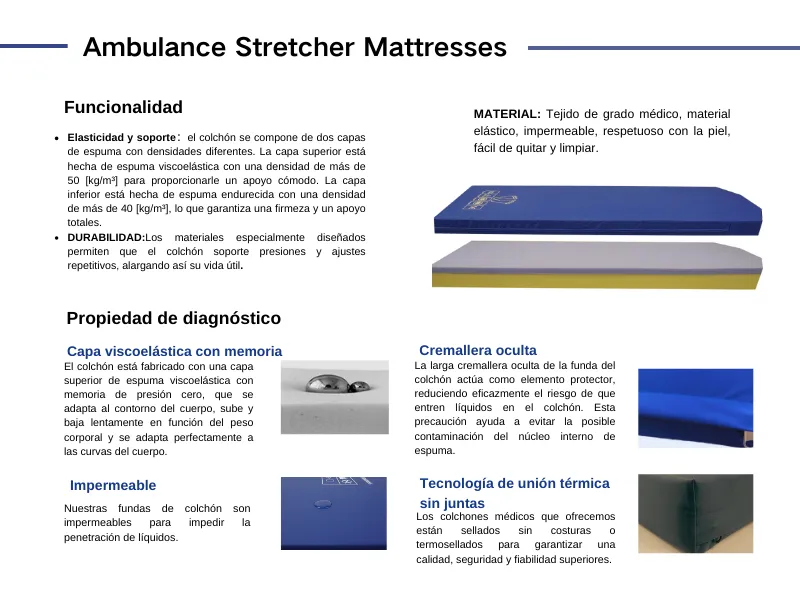Strategies for Effective Prevention and Management of Pressure Injuries in Healthcare Settings
Understanding Pressure Injury Care A Focus on Prevention and Treatment
Pressure injuries, also known as pressure sores or bedsores, are localized damage to the skin and underlying tissue, usually over a bony prominence, as a result of sustained pressure. They can significantly impact the quality of life, lead to complications, and increase healthcare costs. Therefore, understanding pressure injury care, particularly in the context of prevention and treatment, is crucial for healthcare providers, patients, and caregivers alike.
The Importance of Prevention
Prevention is the cornerstone of effective pressure injury care. Identifying individuals at risk is the first step in mitigating pressure injuries. High-risk patients usually include those with limited mobility, elderly individuals, and those with chronic conditions like diabetes, vascular diseases, or neurological disorders. Regular skin assessments are key in early identification, focusing on areas most susceptible to pressure injuries, such as the heels, sacrum, and elbows.
Positioning and Mobility
One of the most effective preventive measures is the careful management of patient positioning. Healthcare professionals should encourage regular repositioning—ideally every two hours—for patients who are unable to change positions independently. This practice helps alleviate pressure on vulnerable areas. Specialized mattresses and cushions designed to redistribute pressure can also play a pivotal role in prevention, particularly for patients with existing skin issues or those undergoing surgical procedures.
Nutritional Support
Good nutrition is another fundamental aspect of pressure injury prevention. A well-balanced diet rich in proteins, vitamins, and minerals supports skin integrity and overall health. Healthcare providers should assess dietary habits and, if necessary, consult with nutritionists to ensure that patients receive adequate nutrition to heal and maintain skin health.
Treatment Strategies
When pressure injuries do occur, effective treatment becomes critical. The treatment approach varies depending on the stage of the injury. Pressure injuries are classified into four stages
1. Stage 1 Non-blanchable erythema of intact skin. 2. Stage 2 Partial thickness loss of skin, presenting as a shallow open ulcer. 3. Stage 3 Full thickness tissue loss, possibly with visible fat. 4. Stage 4 Full thickness tissue loss with exposed bone, muscle, or tendon.
pressure injury care factories

Wound Care
For Stage 1 injuries, frequent repositioning and protective dressings may suffice. For more advanced stages, wound care becomes more complex and may involve debridement—removal of dead tissue—application of appropriate dressings, and sometimes advanced therapies such as negative pressure wound therapy. Understanding the correct use of dressings is essential, as different types are designed to maintain moisture, absorb exudate, or provide a barrier against infection.
Infection Control
Infection is a significant risk for patients with pressure injuries, especially those in advanced stages. Clinical teams should remain vigilant and consider antibiotic therapy if there are signs of infection, such as increased redness, warmth, or pus. This is where careful monitoring of wound conditions is invaluable.
Education and Training
Effective pressure injury care also hinges on proper education and training for healthcare providers, patients, and caregivers. Workshops and training sessions can equip staff with the latest evidence-based practices in pressure injury prevention and treatment. Patient education is equally important; empowering patients with knowledge about their condition can foster a proactive approach to care.
The Role of Technology
Advancements in technology have introduced several innovative tools for pressure injury management. From software that assists in assessing risk factors to smart mattresses that monitor pressure levels, leveraging technology can enhance the effectiveness of care provided to at-risk populations.
Conclusion
In conclusion, pressure injury care is a multifaceted aspect of healthcare that requires a dedicated approach to prevention, timely intervention, and effective treatment strategies. With an emphasis on risk assessment, proper positioning, nutritional support, wound management, and education, it is possible to significantly reduce the incidence of pressure injuries. As healthcare continues to evolve, integrating new technologies and fostering a culture of continuous learning will ensure that pressure injury care remains a top priority in patient management. By prioritizing prevention and adopting effective treatment protocols, we can greatly improve outcomes for those affected by pressure injuries, ultimately enhancing their quality of life.
-
Sleep Tracking Mattress GuideNewsJul.28,2025
-
Silicone Mattress for Everyday ComfortNewsJul.28,2025
-
Mattress for Pressure Point ReliefNewsJul.28,2025
-
Customized Comfort with Specialized MattressesNewsJul.28,2025
-
Cool Gel Foam Mattress for Better SleepNewsJul.28,2025
-
Coir and Foam Mattress GuideNewsJul.28,2025
-
Ambulance Stretcher Mattress: Reliable Comfort on the MoveNewsJul.28,2025

